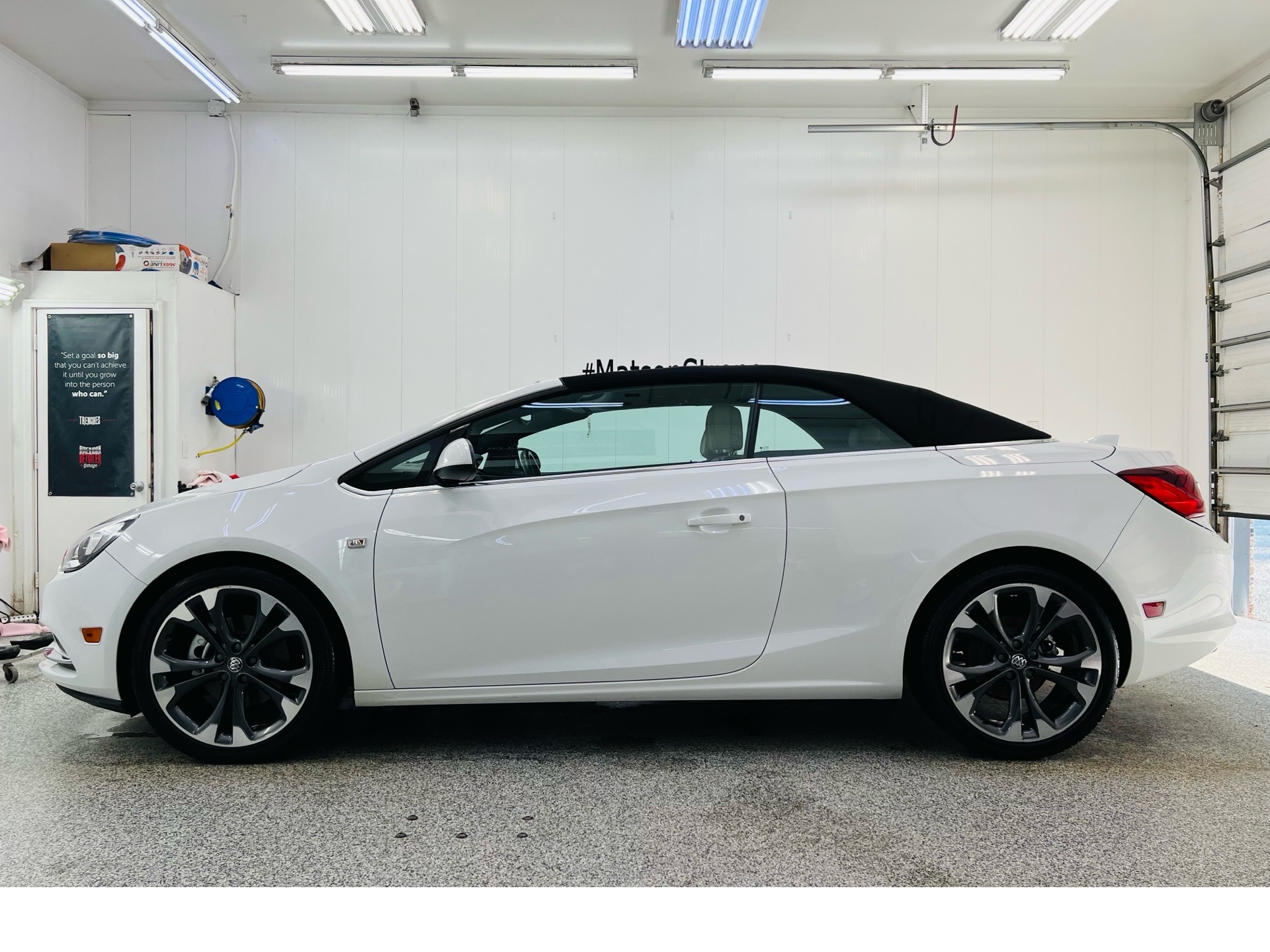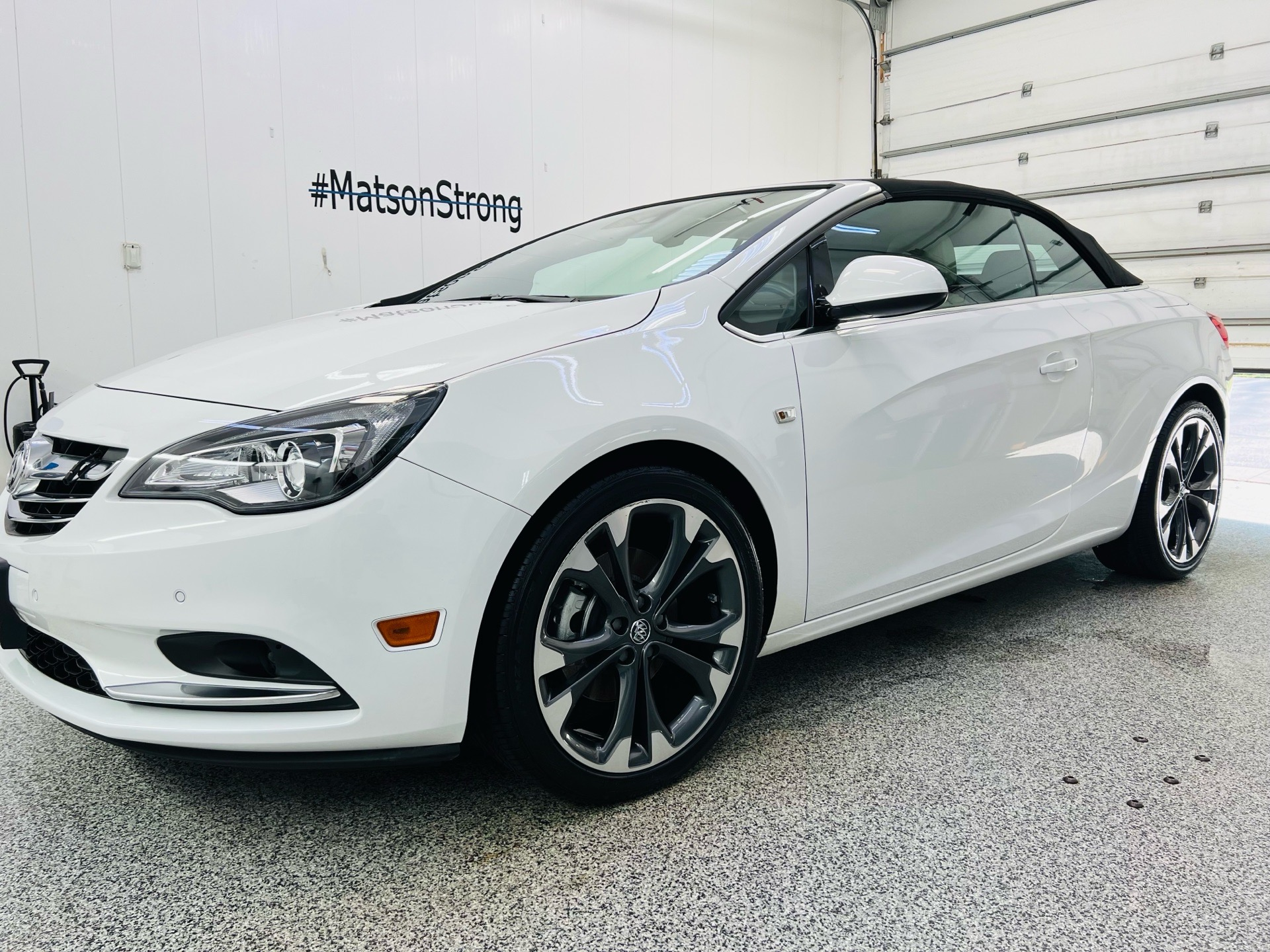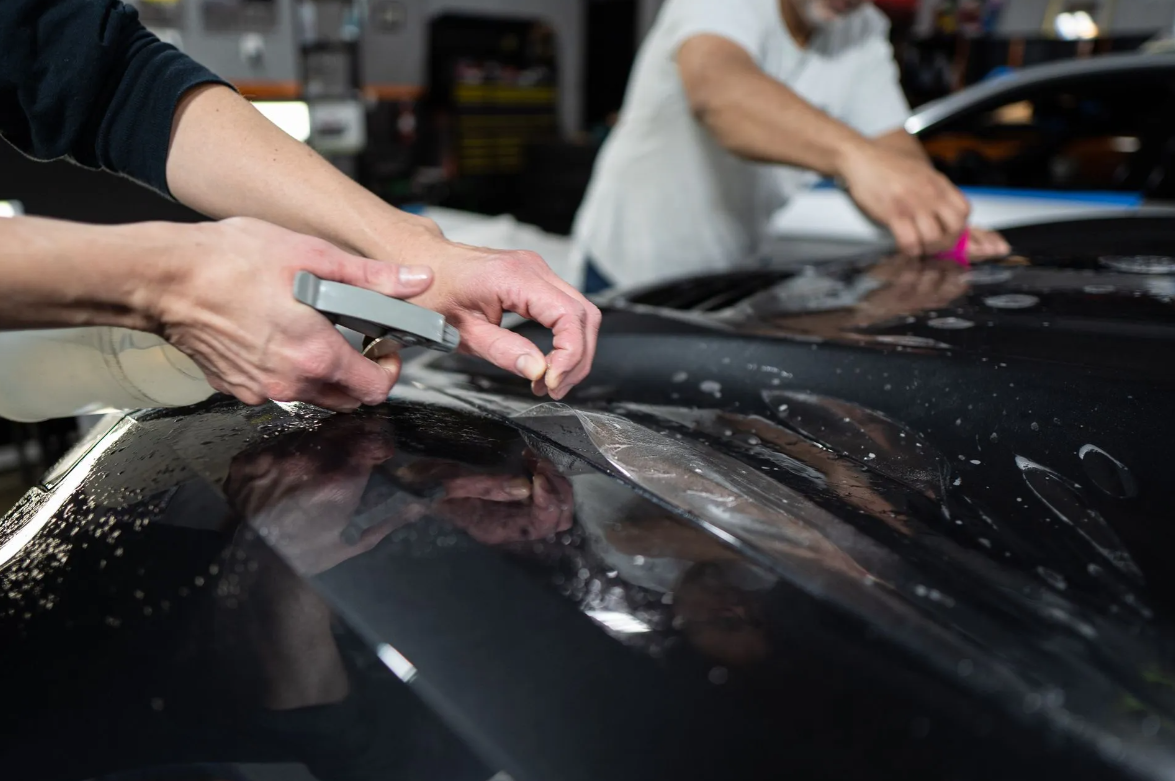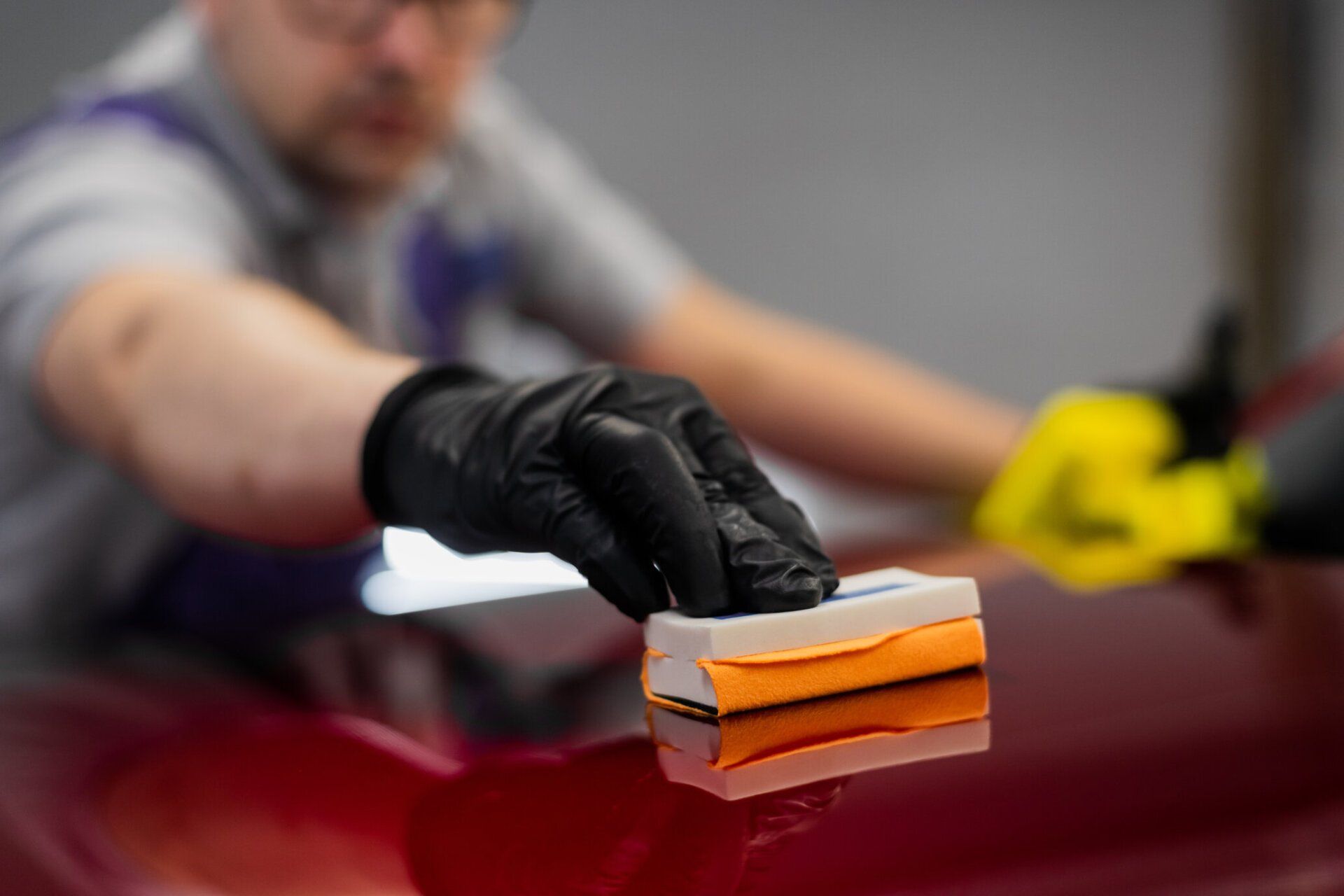Ceramic Coating vs Traditional Wax: Performance Comparison for Classic Cars
BOOK NOWClassic car owners face a critical decision when choosing long-term paint protection methods. The choice between ceramic coating vs wax significantly impacts maintenance requirements, protection levels, and preservation of investment value. Unlike modern vehicles, classic cars often feature unique paint systems that require specialized protection considerations.
Classic car wax comparison involves examining traditional carnauba-based products that have protected automotive finishes for decades against modern ceramic technology that offers advanced protection capabilities. Each approach provides distinct advantages and limitations that classic car owners must understand before making protection decisions.
Vintage car protection options have evolved dramatically, but the fundamental question remains: which method best preserves original paint while providing practical maintenance benefits? This comprehensive analysis examines durability, aesthetics, cost factors, and specific considerations for classic automotive applications to help owners make informed protection decisions.
Traditional Wax Protection for Classic Cars
Traditional carnauba wax has protected classic cars for generations, offering natural protection derived from Brazilian palm leaves. This time-tested approach creates a sacrificial layer that shields paint from environmental contaminants while enhancing the depth and warmth that many collectors prefer.
Carnauba wax excels at enhancing paint depth and creating the warm, natural glow that complements classic car aesthetics. The organic nature of carnauba produces optical properties that synthetic products struggle to replicate, particularly on single-stage paint systems common in vintage vehicles.
Application simplicity represents another advantage of traditional wax systems. Most classic car owners can apply wax products themselves using basic tools and techniques. This DIY capability reduces maintenance costs and allows owners to personally care for their vehicles according to their preferences and schedules.
However, traditional wax protection requires frequent reapplication every 2-3 months to maintain optimal protection levels. This maintenance schedule can become burdensome for owners with multiple vehicles or those who drive their classics regularly during favorable weather seasons.

Ceramic Coating Technology for Vintage Vehicles
Ceramic coating vs wax comparisons reveal significant technological differences in protection mechanisms. Ceramic coatings form permanent chemical bonds with paint surfaces, creating a hard, durable layer that resists environmental damage for years rather than months.
Modern ceramic coatings provide superior resistance to UV degradation, chemical contamination, and physical damage compared to traditional wax products. This enhanced protection proves particularly valuable for classic cars stored outdoors or driven regularly in challenging environmental conditions.
The hydrophobic properties of ceramic coatings simplify washing and maintenance procedures. Water and contaminants bead off coated surfaces more effectively, reducing the time and effort required for routine cleaning while minimizing potential damage from washing procedures.
Professional application ensures optimal bonding and performance, though this requirement increases initial costs compared to DIY wax applications. However, the extended protection duration often justifies the higher upfront investment through reduced maintenance frequency and superior protection levels.
Durability and Longevity Analysis
Classic car wax comparison reveals significant differences in protection duration between traditional and ceramic methods. Carnauba wax typically provides 2-3 months of effective protection under normal conditions, while ceramic coatings maintain protection for 2-5 years, depending on product quality and application methods.
Environmental factors affect each protection method differently. Traditional wax degrades rapidly under UV exposure and extreme temperatures, requiring more frequent reapplication in harsh climates. Ceramic coatings resist these same environmental challenges much more effectively.
Classic cars benefit from extended protection duration because many spend significant time in storage, where traditional wax can degrade even without active use. Ceramic coatings maintain protection levels during storage periods, providing consistent defense against dust, humidity, and temperature fluctuations.
The permanence of ceramic protection eliminates the risk of accidentally removing protection during washing or handling, a common issue with traditional wax applications that can be stripped by aggressive cleaning or contamination removal procedures.
Aesthetic Considerations for Classic Vehicles
Visual appearance represents a crucial factor in vintage car protection options because classic cars often serve as show vehicles where aesthetics matter as much as protection. Traditional carnauba wax produces a warm, natural glow that many collectors prefer for a period-correct appearance.
Ceramic coatings create a different visual effect characterized by enhanced clarity, depth, and reflectivity. While this appearance often surpasses traditional wax in terms of visual impact, some collectors prefer the softer, more natural look that carnauba provides.
Paint system compatibility varies between protection methods. Single-stage paints common in classic cars often respond differently to ceramic coatings compared to modern clear-coat systems. Professional assessment helps determine optimal protection methods for specific paint types and vehicle applications.
Color enhancement capabilities differ significantly between protection methods. Dark colors often benefit more from ceramic coating clarity, while lighter colors may show minimal visual differences between protection methods. Classic car owners should consider their specific color and paint system when evaluating aesthetic outcomes.
Maintenance Requirements and Procedures
Ceramic coating vs wax maintenance requirements differ substantially in frequency and complexity. Traditional wax applications require complete removal and reapplication every 2-3 months, involving significant time investment and product costs over extended periods.
Ceramic coating maintenance involves simple washing procedures and occasional application of maintenance products that enhance hydrophobic properties. This simplified maintenance routine reduces time requirements while maintaining protection effectiveness.
Professional maintenance services availability varies between protection methods. Most detailing shops offer traditional wax services, while ceramic coating maintenance may require specialists familiar with specific product requirements and procedures.
Cost analysis over extended periods often favors ceramic coatings despite higher initial investment. Traditional wax applications accumulate significant costs through repeated product purchases and application time, while ceramic coatings provide protection for years with minimal ongoing investment.
Cost Analysis for Classic Car Protection
Initial investment differences between classic car wax comparison options vary significantly. Traditional carnauba wax represents a modest upfront investment per application, while professional ceramic coating applications require substantially higher initial costs depending on vehicle size and coating quality.
Long-term cost calculations reveal different financial implications. Traditional wax requires multiple applications annually, accumulating ongoing product costs plus application time. Ceramic coatings provide extended protection periods, often resulting in lower annual protection costs despite higher initial investment.
Professional application costs affect overall investment calculations. DIY wax applications eliminate labor costs but require owner time investment, while ceramic coatings typically require professional installation to ensure optimal performance and warranty coverage.
Value preservation considerations influence cost analysis for classic vehicles. Superior protection may prevent paint damage that reduces vehicle value, potentially justifying higher protection costs through preserved investment value.
Choose Long-Lasting Protection for The Vintage Ride
Ceramic coating vs wax decisions for classic cars depend on individual priorities, including aesthetic preferences, maintenance capabilities, and long-term protection priorities. Traditional carnauba wax provides time-tested protection with natural beauty enhancement, while ceramic coatings offer superior durability and simplified maintenance requirements.
Classic car wax comparison analysis reveals that each method serves different owner needs and vehicle applications. Collectors prioritizing authenticity and natural appearance often prefer traditional wax, while owners seeking maximum protection and reduced maintenance gravitate toward ceramic solutions.
Vintage car protection options continue evolving, but both traditional and modern approaches provide effective paint preservation when properly applied and maintained. Understanding the specific advantages and limitations of each method enables informed decisions that align with individual classic car ownership goals and preferences.

Frequently Asked Questions
Will ceramic coating change the appearance of my classic car's original paint?
Ceramic coating vs wax appearance differences are subtle but noticeable. Ceramic coatings enhance clarity and depth while providing slightly more reflectivity than traditional carnauba wax. Most classic car owners find the enhanced appearance appealing, though some purists prefer the softer, warmer glow that carnauba provides for period-correct aesthetics.
How does ceramic coating perform on single-stage paint systems?
Vintage car protection options work differently on single-stage paints compared to modern clear-coat systems. Ceramic coatings bond effectively with single-stage paints but may require different preparation and application techniques. Professional assessment ensures compatibility and optimal results for specific classic car paint systems and conditions.
Can I remove the ceramic coating if I change my mind?
Ceramic coating removal requires professional polishing or wet sanding procedures that remove the coating along with some paint material. Unlike traditional wax that easily removes with solvents, ceramic coatings form permanent bonds that necessitate mechanical removal. This permanence should be considered carefully before classic car wax comparison decisions.
What maintenance products work best with ceramic coatings on classic cars?
Ceramic coating vs wax maintenance requirements include pH-neutral washing products and ceramic-specific maintenance sprays that enhance hydrophobic properties. Avoid traditional wax products over ceramic coatings, as they can interfere with coating performance. Professional shops can recommend appropriate maintenance products for specific coating systems.
How do I choose between wax and ceramic coating for my classic car?
Classic car wax comparison decisions should consider driving frequency, storage conditions, maintenance preferences, and aesthetic goals. Vehicles driven regularly or stored outdoors benefit more from ceramic coating durability, while garage-kept show cars may prefer traditional carnauba aesthetics. Professional consultation helps evaluate specific needs and recommend optimal protection methods.






